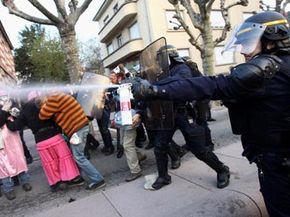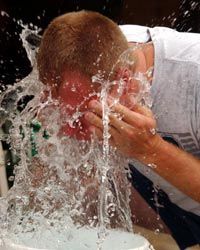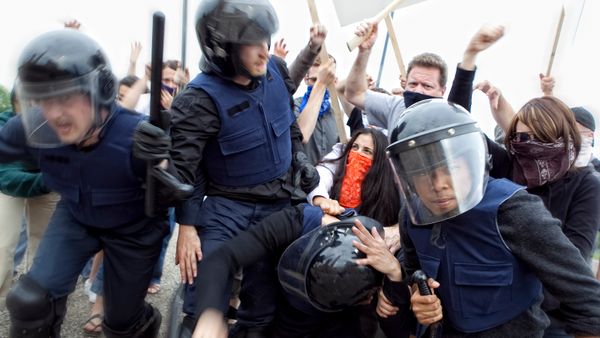If you've ever bitten into a hot chili pepper that was just a little too spicy for you to handle, then you might know how difficult it is to get the burning sensation in your mouth to go away. The immediate pain can be unbearable, and no matter how much water you drink, it just doesn't seem stop.
Now, imagine if you felt that same burning sensation all over your face and in your eyes, nose, and throat. It would be excruciating. This is the basis behind a solution known as pepper spray. Since 1973 pepper spray has been used by law enforcement as a way to subdue violent, aggressive or uncooperative subjects. Many people also use it as a personal self-defense tool to fight off attackers.
Advertisement
Pepper spray is made from an extract of chili peppers and usually comes in an aerosol canister so you can spray it quickly and easily. Since it's portable and easy to use, pepper spray is a popular option for both law enforcement and personal use. When sprayed into the face of an attacker, it's extremely irritating to the skin, eyes, mouth, throat and lungs. Its effect is immediate and powerful, and it can distract a person long enough for you to escape an assailant, or for a police officer to take control of a subject.
Another reason pepper spray is so widely used is that, most of the time, exposure has no lasting effects. The immediate impact may be intense, but after a few hours, the effects should wear off completely. This makes it a generally safer option than using guns, chemical deterrents or Tasers, which in some cases can lead to permanent health problems or even death. However, some controversy still surrounds the use of pepper spray and whether or not it is truly as harmless as many people think.
So what exactly does pepper spray do to your body, and are there any ways to treat its effects? And if pepper spray is advertised as not being harmful to your health, then why is it so controversial?




